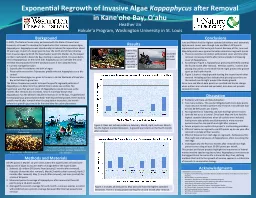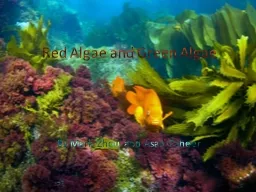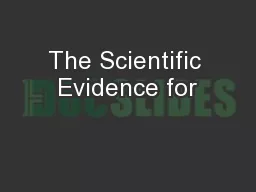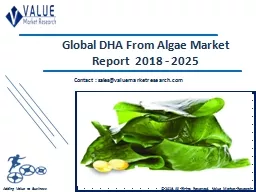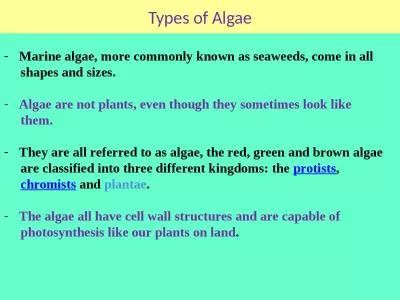PPT-Exponential Regrowth of Invasive Algae
Author : cheryl-pisano | Published Date : 2016-08-07
Kappaphycus after Removal in Kane ohe Bay O ahu Heather Jin Hokulea Program Washington University in St Louis Background In 2005 The Nature Conservancy partnered
Presentation Embed Code
Download Presentation
Download Presentation The PPT/PDF document "Exponential Regrowth of Invasive Algae" is the property of its rightful owner. Permission is granted to download and print the materials on this website for personal, non-commercial use only, and to display it on your personal computer provided you do not modify the materials and that you retain all copyright notices contained in the materials. By downloading content from our website, you accept the terms of this agreement.
Exponential Regrowth of Invasive Algae: Transcript
Download Rules Of Document
"Exponential Regrowth of Invasive Algae"The content belongs to its owner. You may download and print it for personal use, without modification, and keep all copyright notices. By downloading, you agree to these terms.
Related Documents

